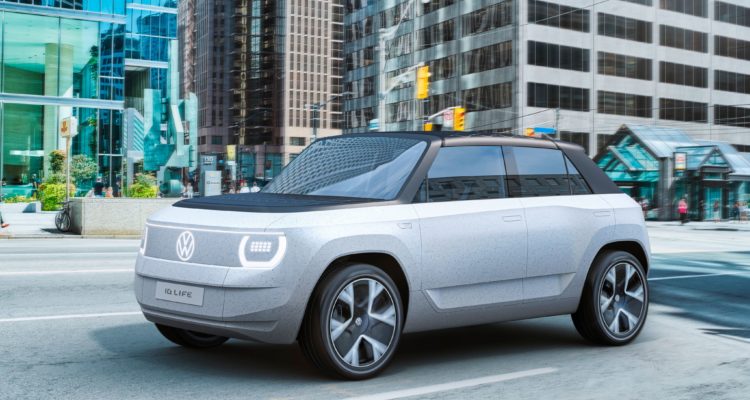Step 3: Material testing and validation – This pre-development step includes testing of product characteristics, such as tensile strength and aging, as well as sustainability characteristics, such as emissions generated during production. At this stage, testing is still performed without the aim of incorporating the material into a specific vehicle project but to ensure that it meets Volkswagen’s stringent requirements.
Achtelik notes that one of the biggest challenges suppliers face at this step is ensuring a consistent level of quality at the high supply levels demanded by automotive applications.
“We have a lot of new suppliers entering the market right now that have little or no experience with the automotive industry,” Achtelik says. “When we talk about automotive applications, we’re talking about tons of material per year, not kilograms per week. Sometimes we have to remind manufacturers of this.”
Step 4: Testing and validation of the material in a part – During the last stage, design and construction engineers collaborate with suppliers to validate the material in a part that will ultimately move into production for a specific vehicle. This is an area where composite materials may find progress stalls.
“The biggest challenge with implementing sustainable materials in automotive applications is actually the limited knowledge of how to handle this whole new way of sourcing and working with sustainable materials,” says Achtelik. “With sustainable materials it may be the same polymer, but it’s a different process.”
For example, he explains, the availability of recycled material and potentially higher upfront costs change the procurement processes. There may be differences in how engineers need to manage critical emissions and odors generated by recycled material. Sourcing decisions may need to balance LCA values against inconsistent material supply and quality. All of the changes require new processes.
“This is all new for us, and we all have to learn – at Volkswagen and in the OEM world, as well as in the supply chain,” says Achtelik.
That said, the company is finding ways to incorporate recycled materials in unique ways. The ID.Life concept car is proof of that. This electric mini-SUV does not feature any conventionally manufactured plastic. However, the hood and roof are made using an air chamber textile composed entirely of recycled PET bottles, and recycled PET is featured in other components as well. The vehicle is slated for production around 2025.
Volkswagen is also still evaluating how to strike the best balance between incorporating new materials without sacrificing component quality. While the OEM aims to use the highest possible percentage of recyclable materials possible, each material switch comes at a cost.
“We have to think about the real customer requirements and needs in balance with where we can put in reduced material or materials,” Achtelik says.
Megan Headley is a freelance writer in Fredericksburg, Va. She can be reached at megan@clearstorypublications.com.


